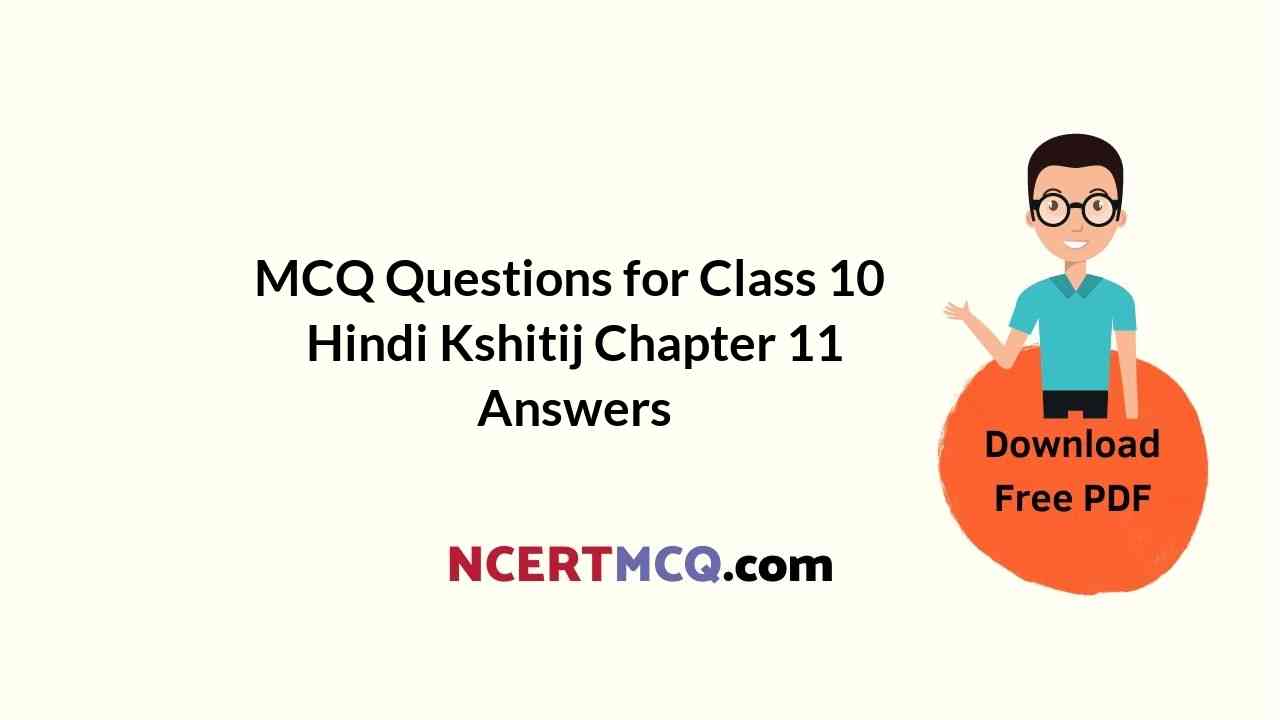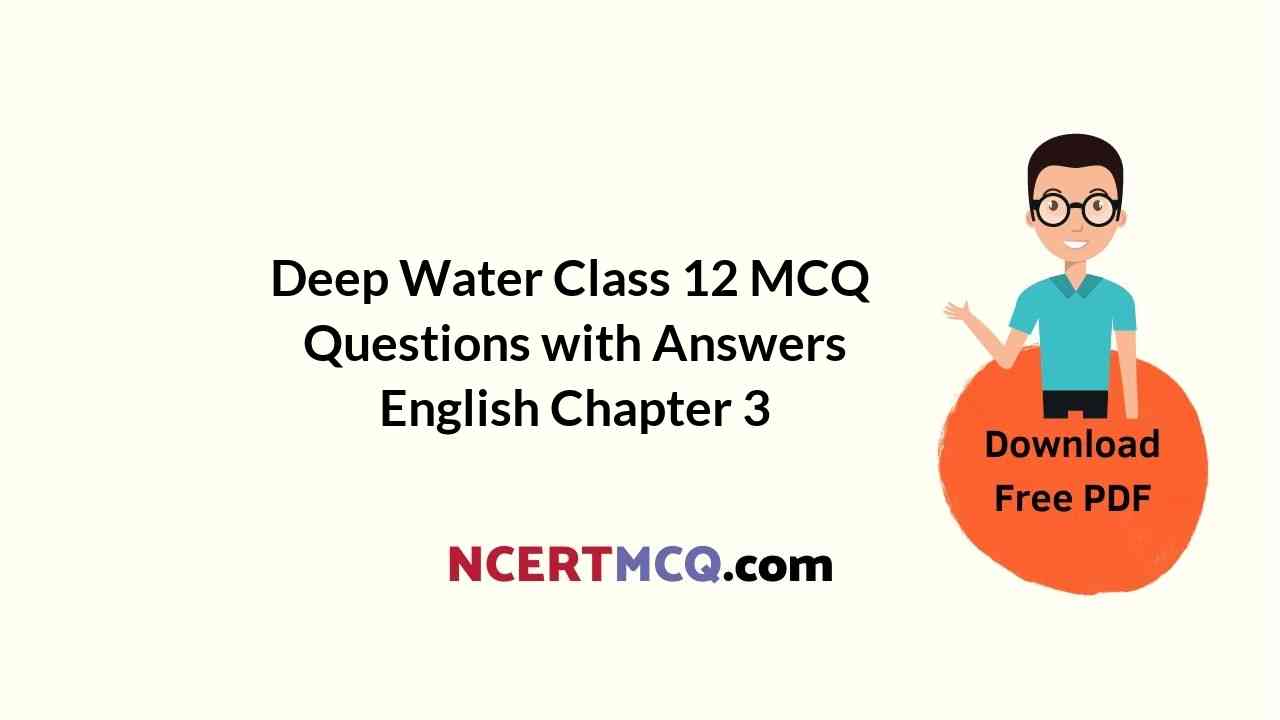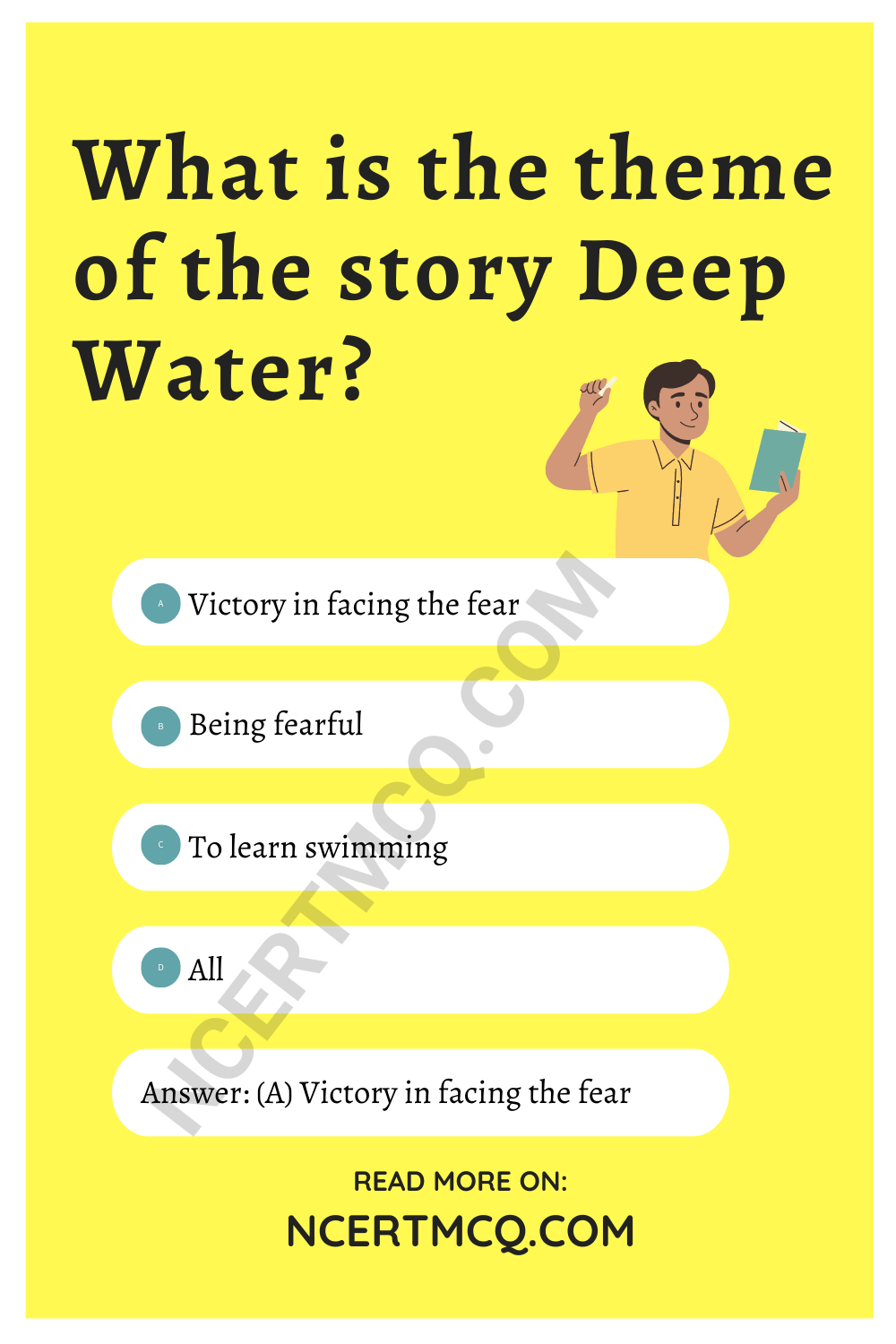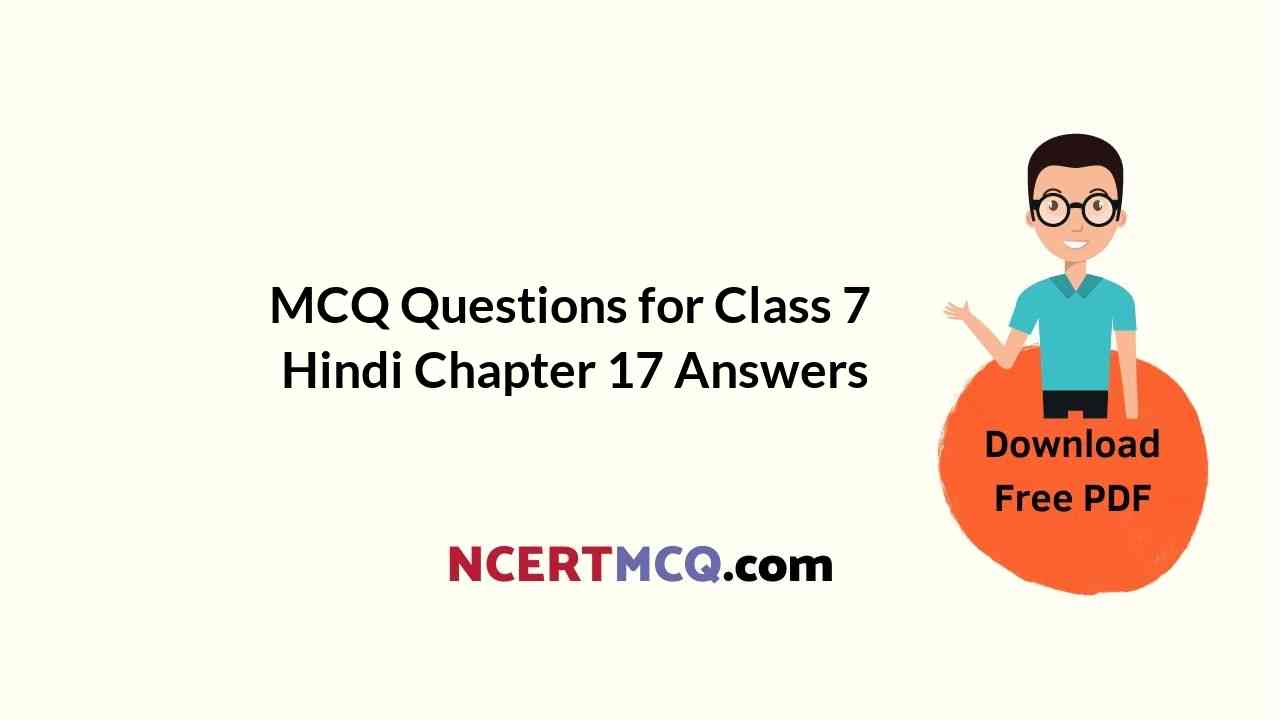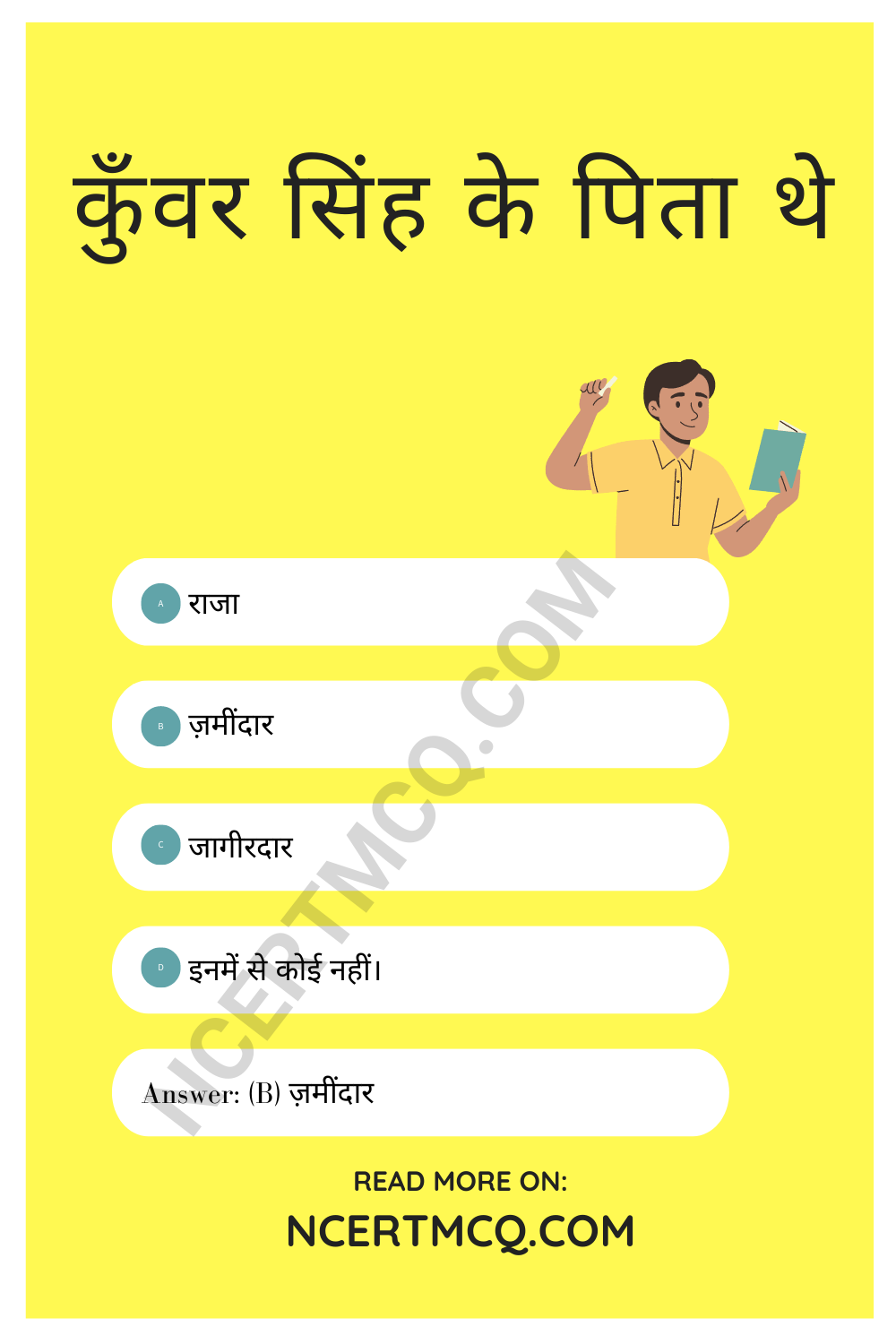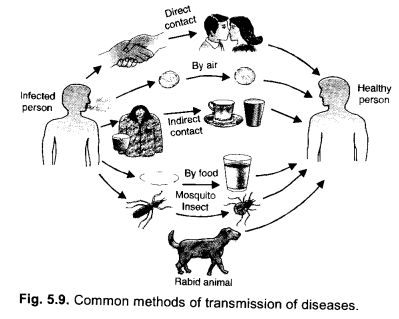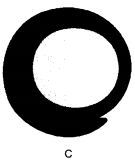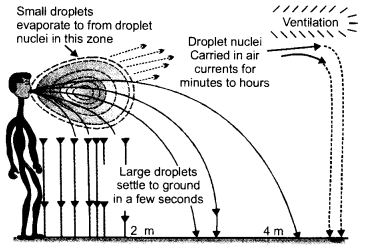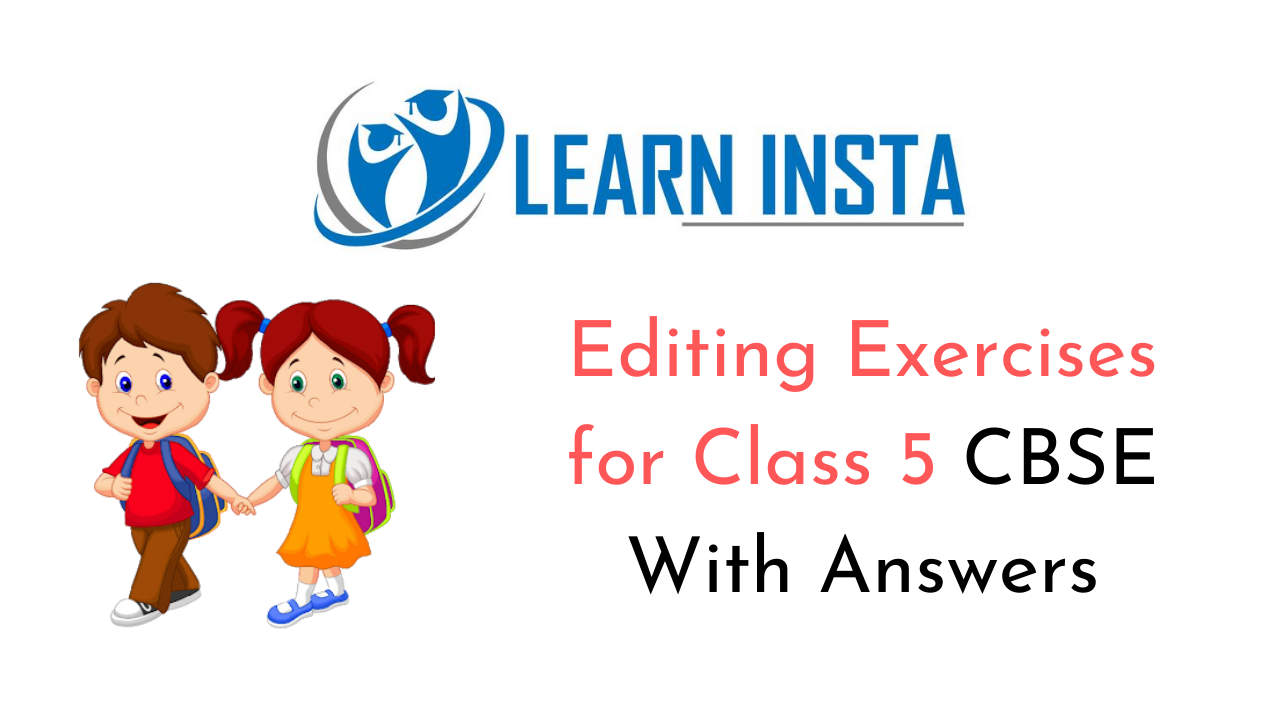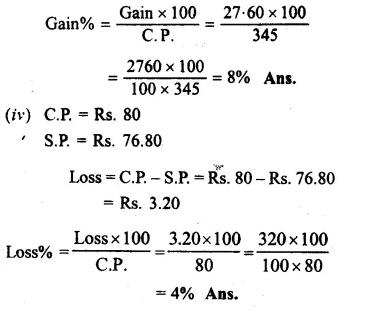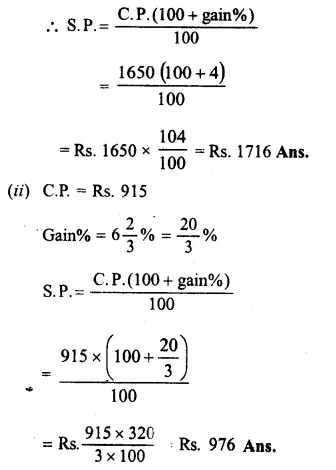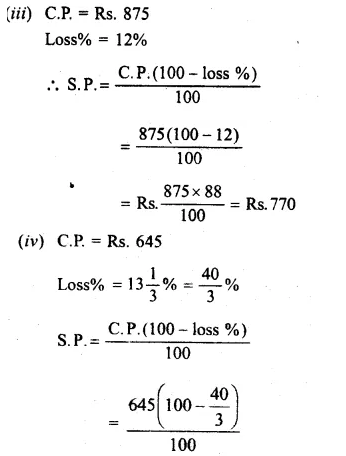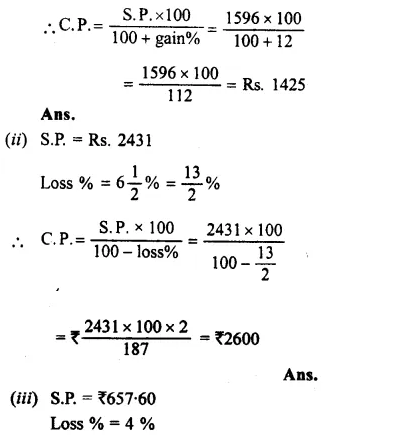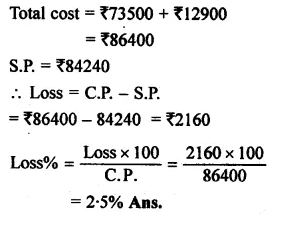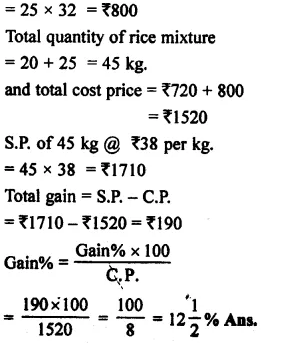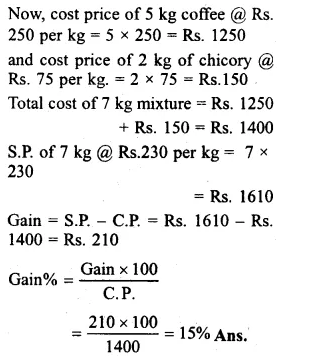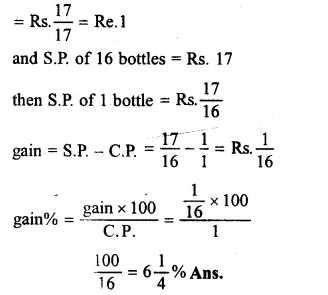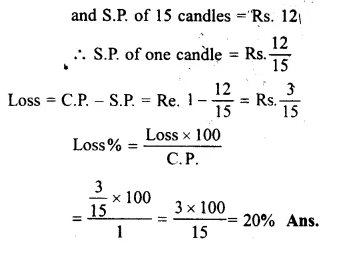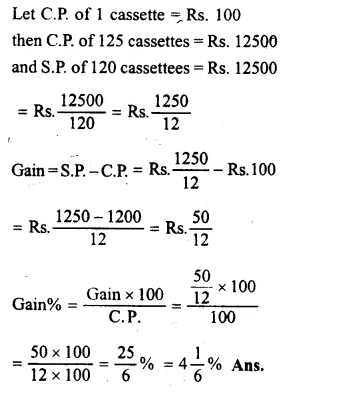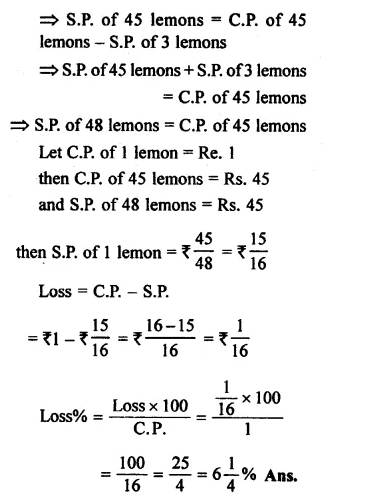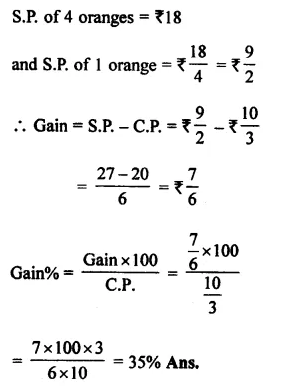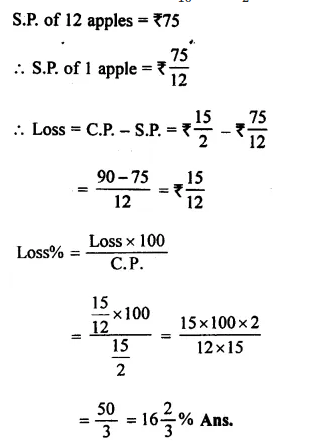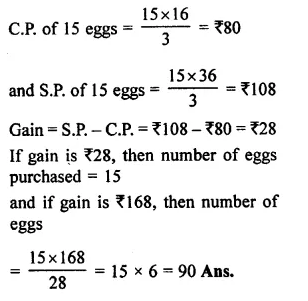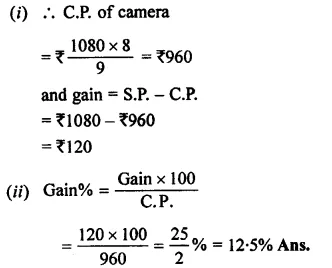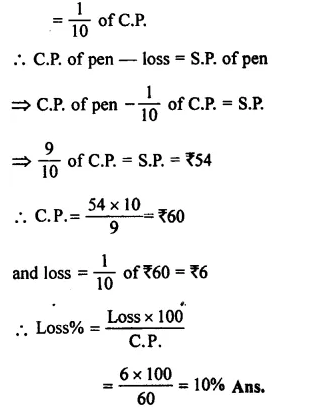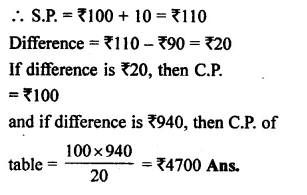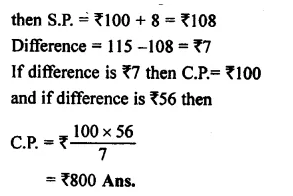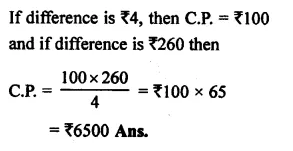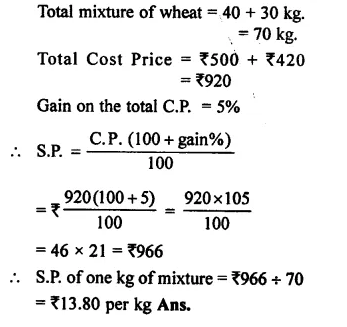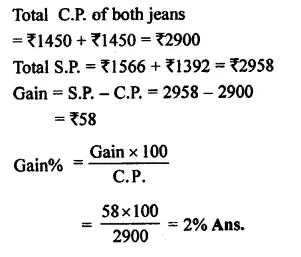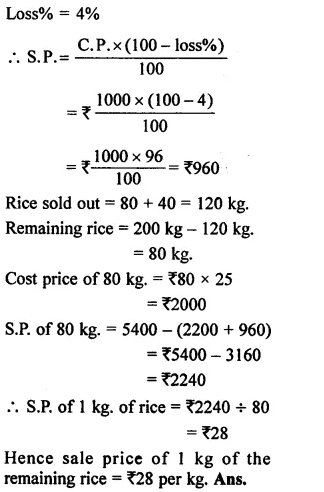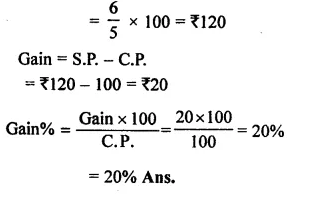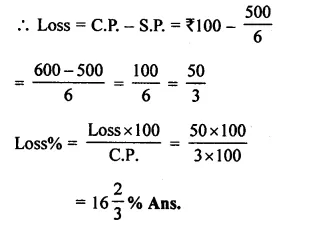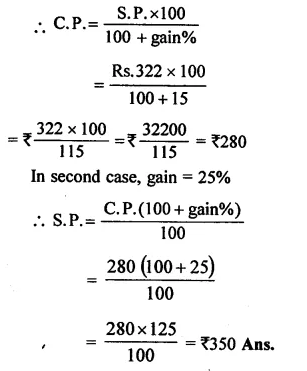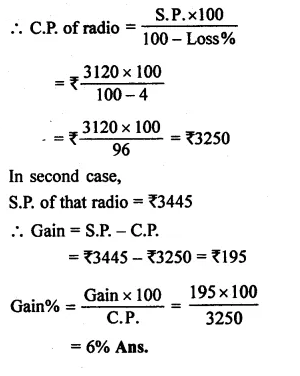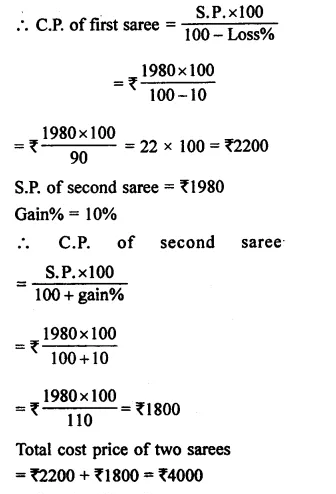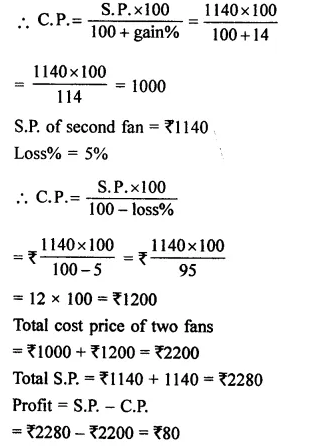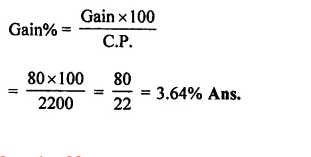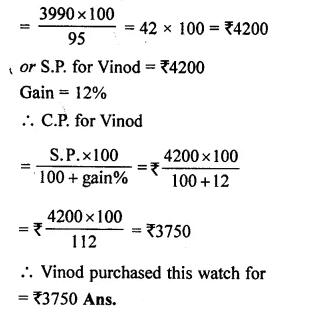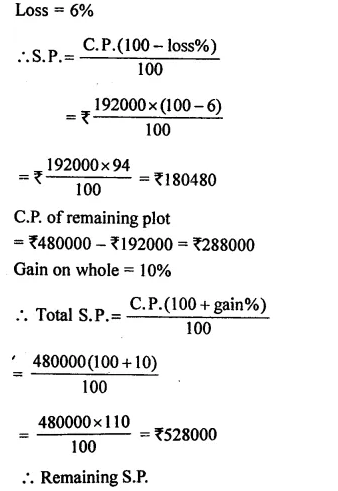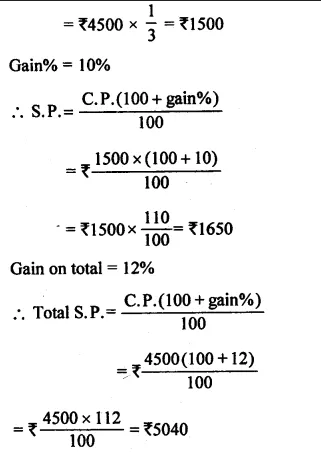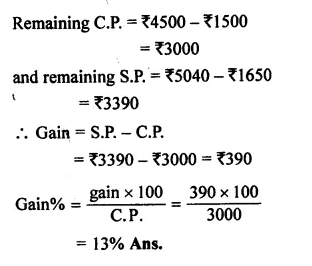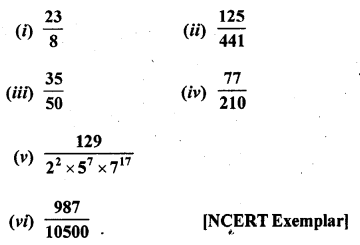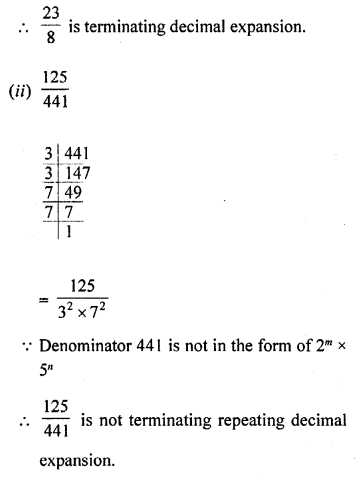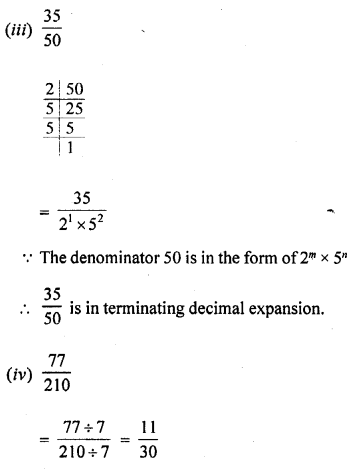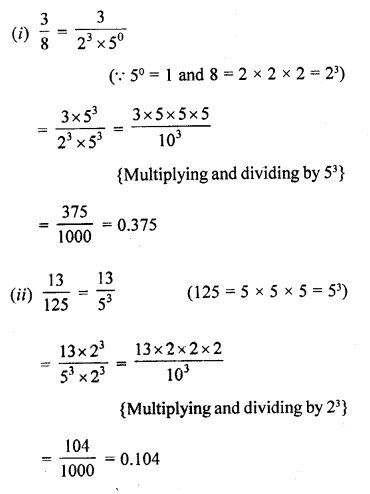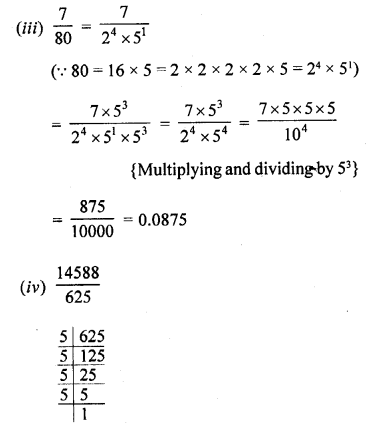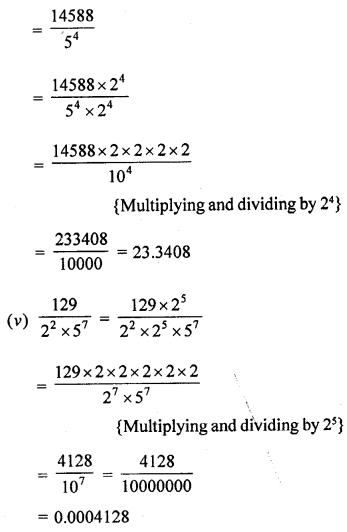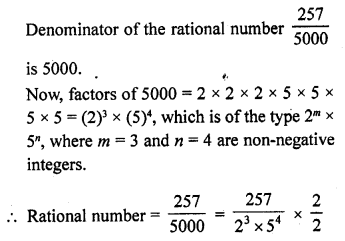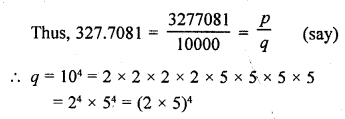Check the below NCERT MCQ Questions for Class 10 Hindi Kshitij Chapter 11 बालगोबिन भगत with Answers Pdf free download. MCQ Questions for Class 10 Hindi with Answers were prepared based on the latest exam pattern. We have provided बालगोबिन भगत Class 10 Hindi Kshitij MCQs Questions with Answers to help students understand the concept very well. https://ncertmcq.com/mcq-questions-for-class-10-hindi-with-answers/
Students can also read Online Education NCERT Solutions for Class 10 Hindi Kshitij Chapter 11 Questions and Answers at LearnInsta. Here all questions are solved with a detailed explanation, It will help to score more marks in your examinations.
बालगोबिन भगत Class 10 MCQs Questions with Answers
Bal Govind Bhagat MCQ Question 1.
बालगोबिन के गीतों में कैसा भाव व्यक्त होता था?
(a) प्रभु-मिलन का
(b) देशभक्ति का
(c) वियोग का
(d) इनमें से कोई नहीं
Answer
Answer: (a) प्रभु-मिलन का
बालगोबिन भगत MCQ Question 2.
बालगोबिन के गीतों को सुनकर वहाँ उपस्थित सभी लोग क्या करते थे?
(a) उठकर चले जाते थे
(b) झूम उठते थे
(c) साथ में गाने लगते थे
(d) इनमें से कोई नहीं
Answer
Answer: (b) झूम उठते थे
Balgovind Class 10 MCQ Question 3.
भगत जी की बहू उन्हें छोड़कर क्यों नहीं जाना चाहती थी?
(a) सामाजिक मर्यादा के कारण
(b) संपत्ति के लोभ में
(c) पति से प्यार होने के कारण
(d) ससुर की चिंता के कारण
Answer
Answer: (d) ससुर की चिंता के कारण
Class 10 Hindi Chapter 11 MCQ Question 4.
बालगोबिन का व्यवसाय क्या था?
(a) खेती
(b) दुकानदारी
(c) पुस्तक-विक्रेता
(d) इनमें से कोई नहीं
Answer
Answer: (a) खेती
Balgobin Bhagat MCQ In Hindi Question 5.
भगत जी भजन गाते समय क्या बजाया करते थे?
(a) ढोल
(b) ढपली
(c) गिटार
(d) खंजड़ी
Answer
Answer: (d) खंजड़ी
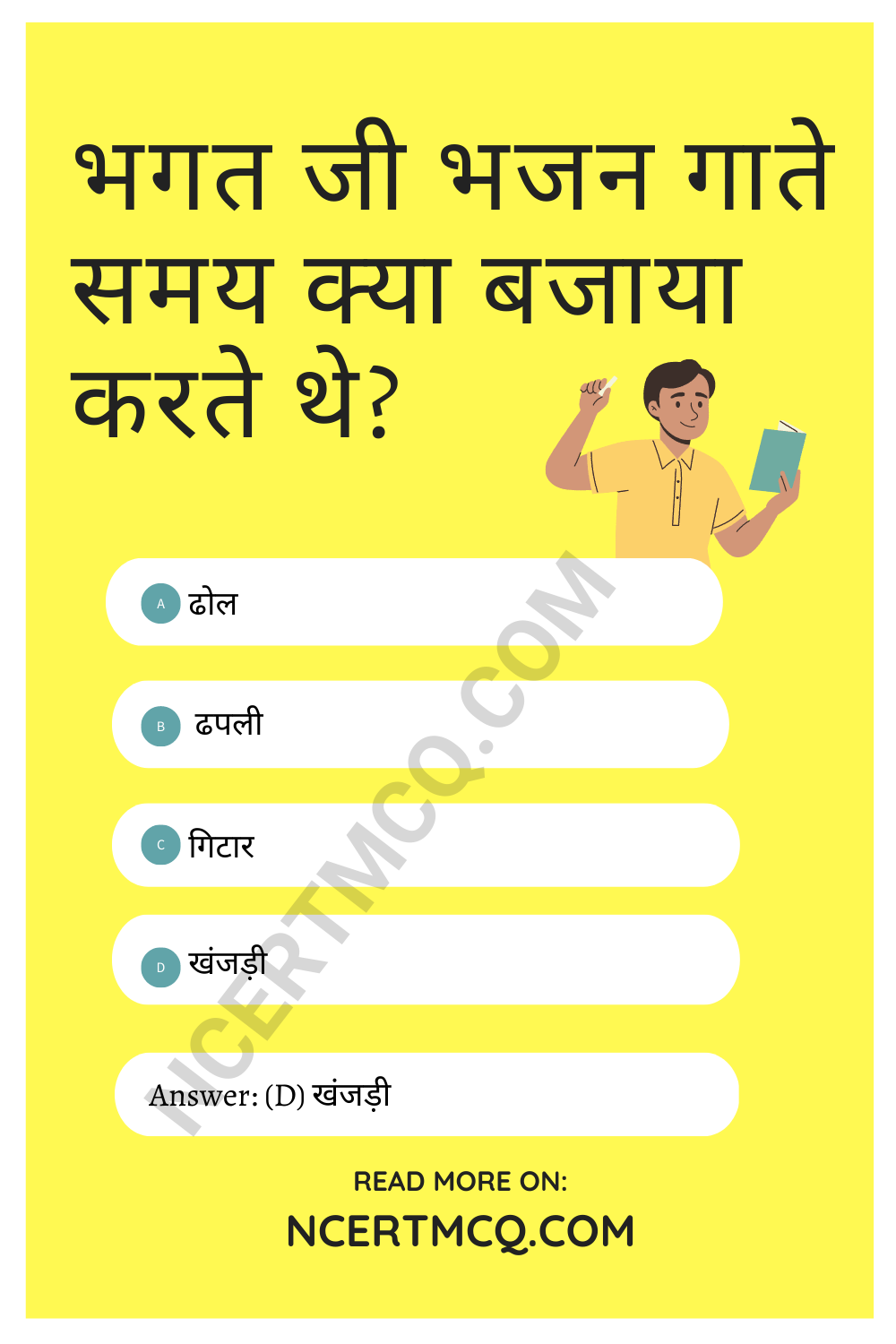
Bal Govind Bhagat MCQs Question 6.
भादो की रात कैसी होती है?
(a) चाँदनी
(b) अँधेरी
(c) सुस्त
(d) उजली
Answer
Answer: (b) अँधेरी
Class 10 Hindi Bal Govind Bhagat MCQ Question 7.
भगत जी अपने बेटे का खास ख्याल रखा करते थे, क्योंकि वह
(a) चालाक था
(b) ईमानदार था
(c) प्रतिभावान था
(d) सुस्त और बोदा था
Answer
Answer: (d) सुस्त और बोदा था
Class 10 Hindi Ch 11 MCQ Question 8.
भगत जी का बेटा कैसा था?
(a) समझदार
(b) सुस्त और बोदा
(c) चालाक
(d) बुद्धिमान
Answer
Answer: (b) सुस्त और बोदा
MCQ Of Bal Govind Bhagat Question 9.
बालगोबिन किसके पद गाया करते थे?
(a) रहीम के
(b) सूरदास के
(c) कबीर के
(d) तुलसीदास के
Answer
Answer: (c) कबीर के
बालगोबिन भगत Class 10 MCQ Question 10.
भगत जी बेटे के मरने के बाद अपनी बहू की दूसरी शादी क्यों करवाना चाहते थे?
(a) उसके सुखद भविष्य के लिए
(b) छुटकारा पाने के लिए
(c) सबकी नजर में अच्छा बनने के लिए
(d) इनमें से कोई नहीं
Answer
Answer: (a) उसके सुखद भविष्य के लिए
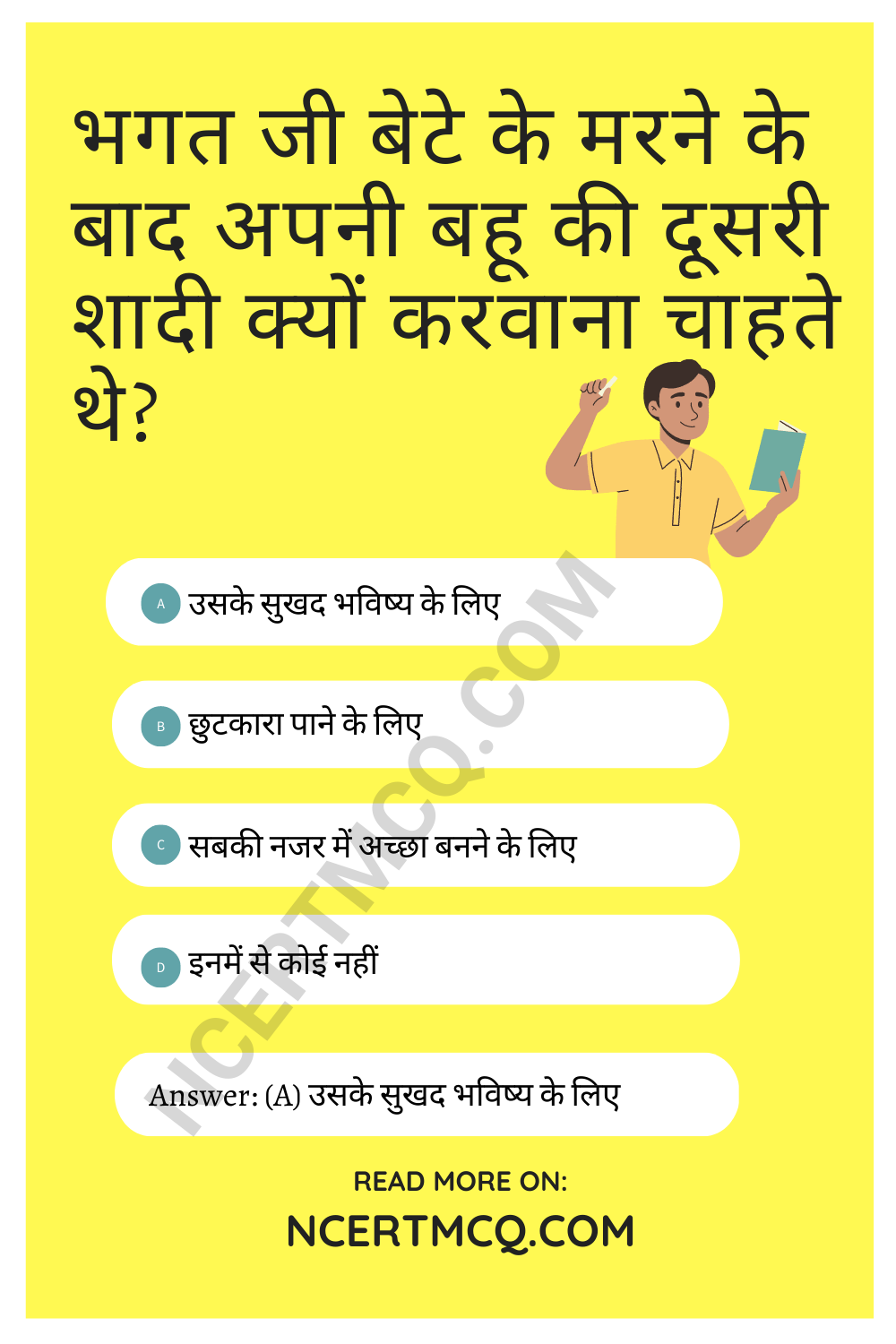
We hope the given NCERT MCQ Questions for Class 10 Hindi Kshitij Chapter 11 बालगोबिन भगत with Answers Pdf free download will help you. If you have any queries regarding बालगोबिन भगत CBSE Class 10 Hindi Kshitij MCQs Multiple Choice Questions with Answers, drop a comment below and we will get back to you soon.
